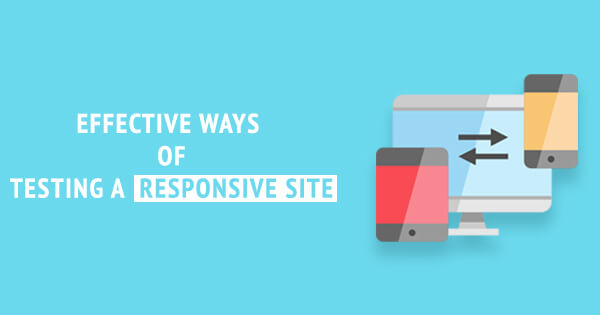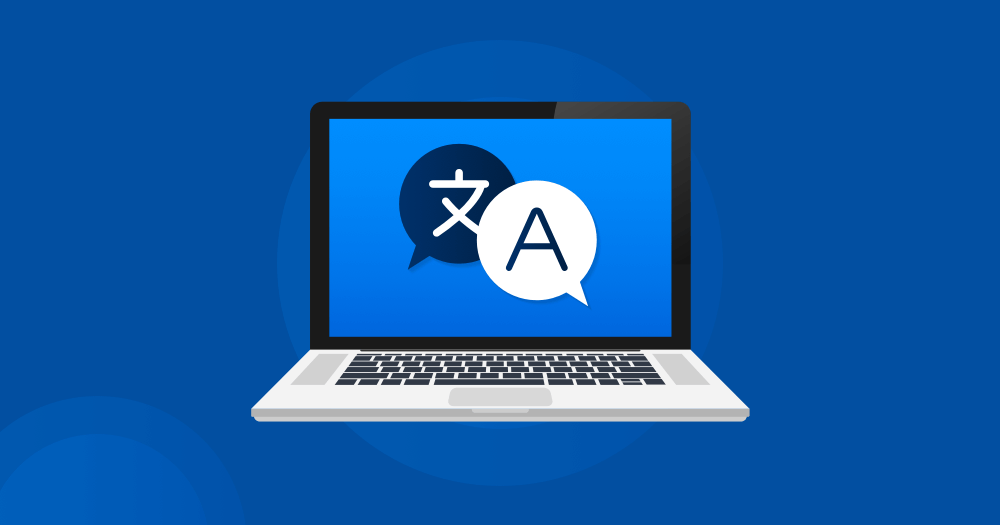Empathy is needed not only in the physical world but also in the virtual world. Have you ever paused and thought about the people who are differently-abled, say, one who has difficulty in seeing, and how they will access the websites that we build. It is important to focus on such details, to ensure that we make it convenient and accessible for the differently-abled too.
In this digital era, technology is changing every day with innovations and enhancements. This progress in technology should provide access to people with disabilities to help them make use of it. Differently-abled people should be entitled to access these changes in technology. Otherwise, people with issues of accessibility like physical, sensory, and cognitive would get segregated as a separate group in this digital age.
This is where accessibility testing comes into the picture. As per the “World Health Organization, over 15% of the global population has some form of disability.”
Need for Accessibility Testing
The application needs to be accessed by people with special challenges like blindness, hearing impairment, handicapped or any other disabilities. This can get achieved if accessibility testing gets included in the Software Testing Life Cycle (STLC).
The federal governments in the world insist that digital products should be accessible by people with disabilities. Accessible applications for differently abled people are not only a choice but is now a legal right.
In accessibility testing, we not only check the usability, but we also check how the application would be used by the people with Visual, Auditory, Motor, Cognitive and Speech Disabilities.
How to Perform Accessibility Testing?
This can be done in two ways:
- Manual
- Automation
The manual accessible testing involves ample verification of web pages UI, along with the functional verification. In manual accessibility, we need to make sure that the following validations get done in your system.
- HTML validation
- Large fonts
- Headings in the application
- Alternate text in the images
- Captions and transcripts for audio and video content
- Skip navigation option for people with mobility impairment.
- Link text
- Form labels should be accessible with valid tooltip
- Keyboard operations for dynamic elements such as drop down.
- PDF files on the web page need to be verified.
Various tools are available in the market to verify the accessibility standards of your application such as Accessibility Checker, JAWS, Waves, and Sortsite.
Whatever may be the methods used for accessibility testing, we need to abide by the standards provided by the government. There are several standards such as W3C’s WCAG 1.0/WCAG 2.0, BITV 1.0, Section 508 etc., out of which Web Content Accessibility Guidelines (WCAG) 2.0 are followed globally.
Here are the four principles of WCAG
- Perceivable – The information and user interface elements should be presentable to the end users. It shouldn’t be invisible to all of their senses. For example, the website with low contrast colors will be very complicated for the users with partial blindness to differentiate between the page background and the text on it.
- Operable – The navigation and user interface elements must be operable. This should make sure that all the operations will be accessible by the end user with a disability. For example, you have to make sure that the website UI elements like the button, the text field would not be magnified outside the layout when they use any screen magnification tool.
- Understandable – The information and the operation of the user interface must be understandable. The end users should be able to understand the UI operation and the information provided. For example, with respect to users with color blindness, they find it hard to differentiate between the elements based on colors. In this scenario, you have to provide some signals, which would be understood by the users and also by the people who are deaf and are unable to hear the audio in the video, since they only understand sign language. So, here we have to make sure that the video has subtitles.
- Robust – The content should be robust enough, that it can be interpreted reliably using assistive technologies. For example, you have to make sure that the website you are building, supports the latest browser versions and is compatible with the screen readers that are used by the blind users.

Accessibility in E-commerce
Today E-commerce websites are used by a different set of users with varied disabilities. Earlier, accessibility testing of an E-commerce website was least preferred, but nowadays, if your website is not access friendly, then you will be losing a significant part of revenue.
As per the Click-Away Pound Survey, “accessible websites cost the British retailers £11.75 billion ($16.5 billion) in 2016 alone.” “During the year of 2018, more than 5000 lawsuits have been filed in the US”, says The Guardian for violating the business online presence rules provided by the 1990 Americans With Disabilities Act (ADA)
Recently, Beyonce.com Parkwood Entertainment got sued by one of the users who was visually impaired, stating that the images did not contain an alternate text, which would get rendered when he used the screen readers to visualize the website. He also indicated that he was unable to browse what exactly was given in the website and make purchases.
The lawsuit further states that there are issues like drop-down and that the navigation links are not accessible friendly, and are also unable to use the keyboard instead of a mouse.
Because of these issues, a considerable amount of blind and partially blind people are restricted from accessing the website and use the service from the Beyonce.com.
You can further read about the lawsuit here
To avoid these type of issues, your website should have accessible designs and should get verified for ADA compliance, so that it draws more users, which helps in raising your conversion rate and revenue.
As we can see from the article, building an accessible website is not only an ethical and empathetic act but also makes business sense.
Hope the article provided an introduction to accessibility so that you can dig a little deeper to learn more. Feel free to get back to us if you have any queries.




